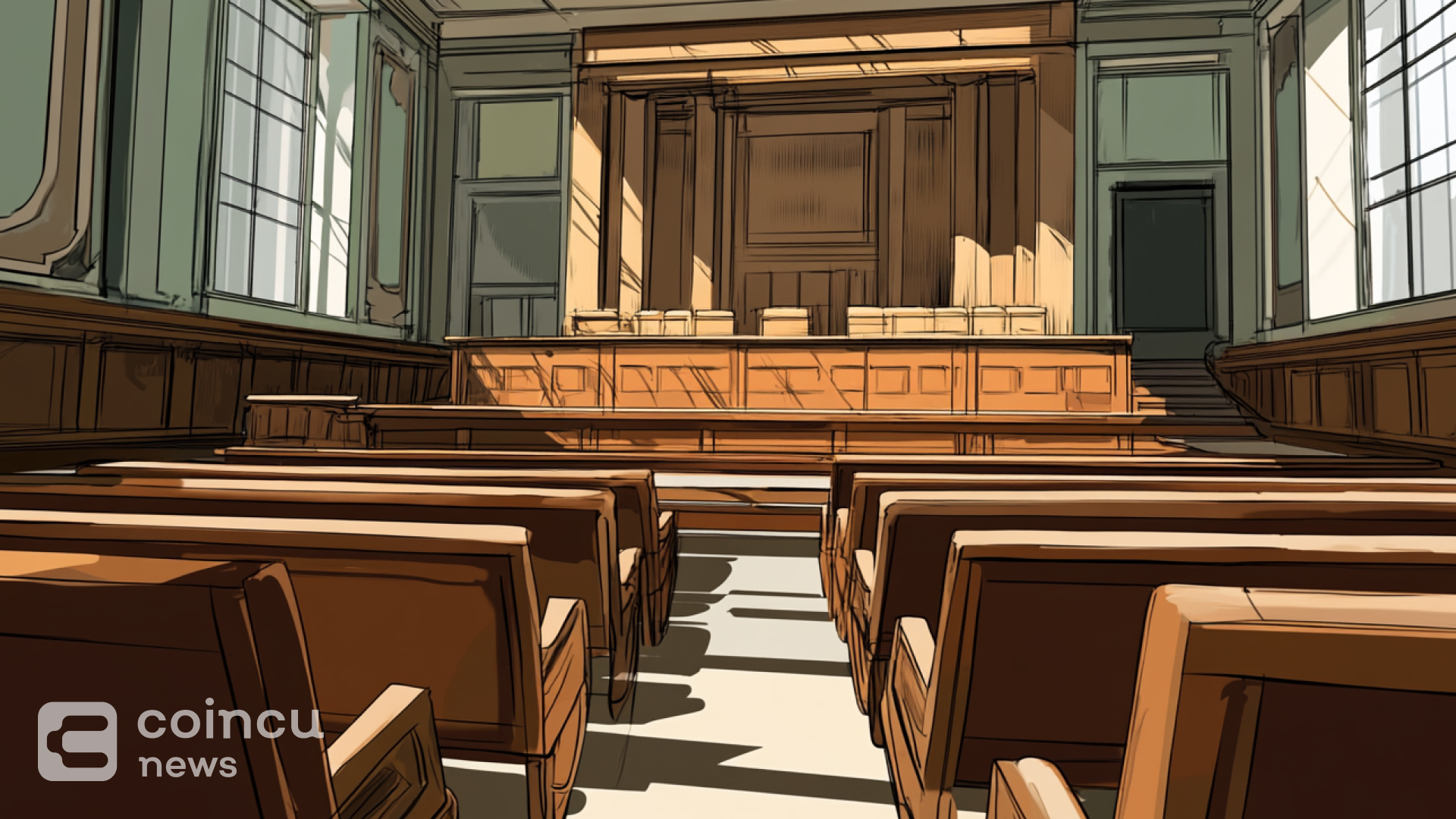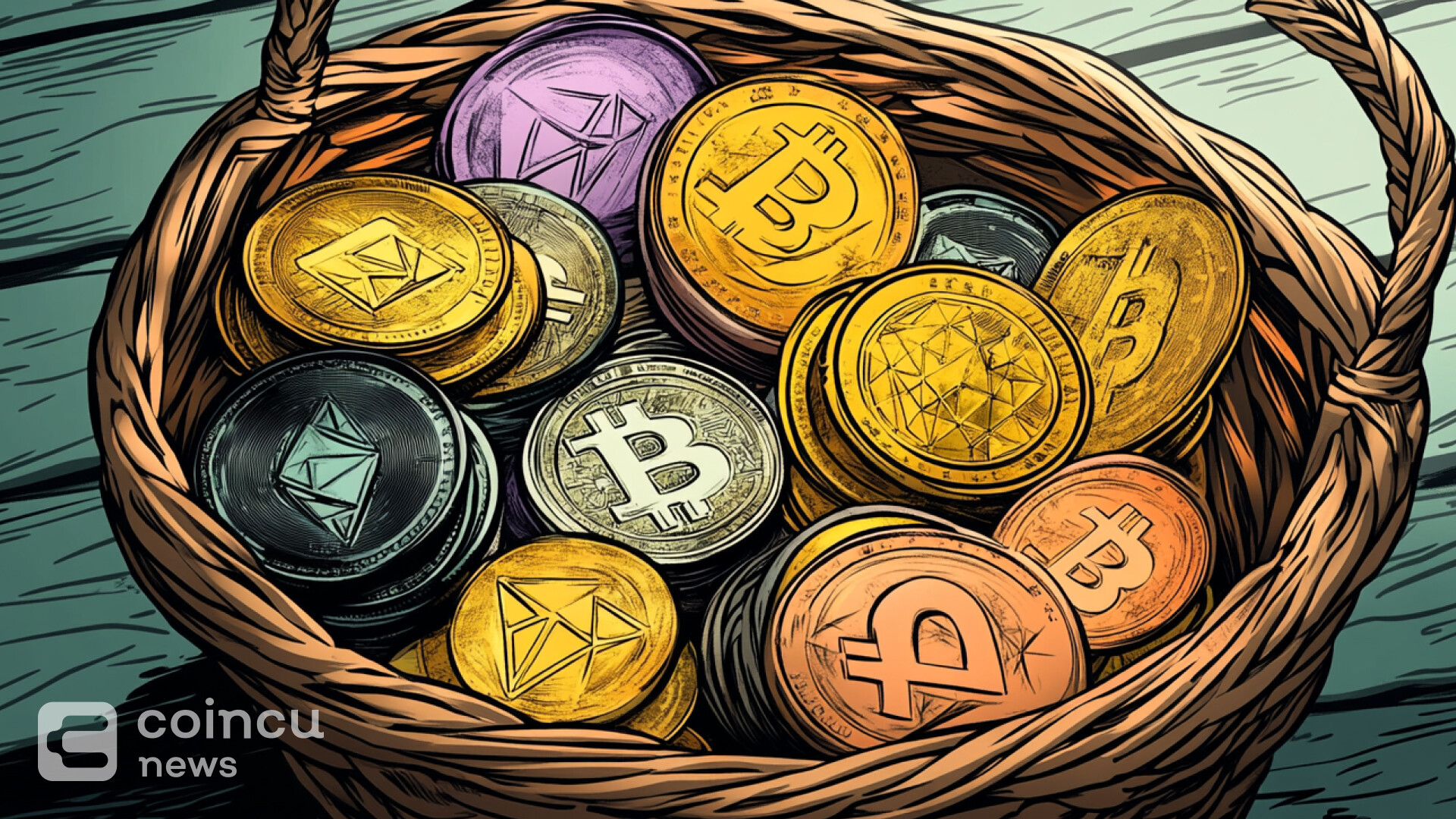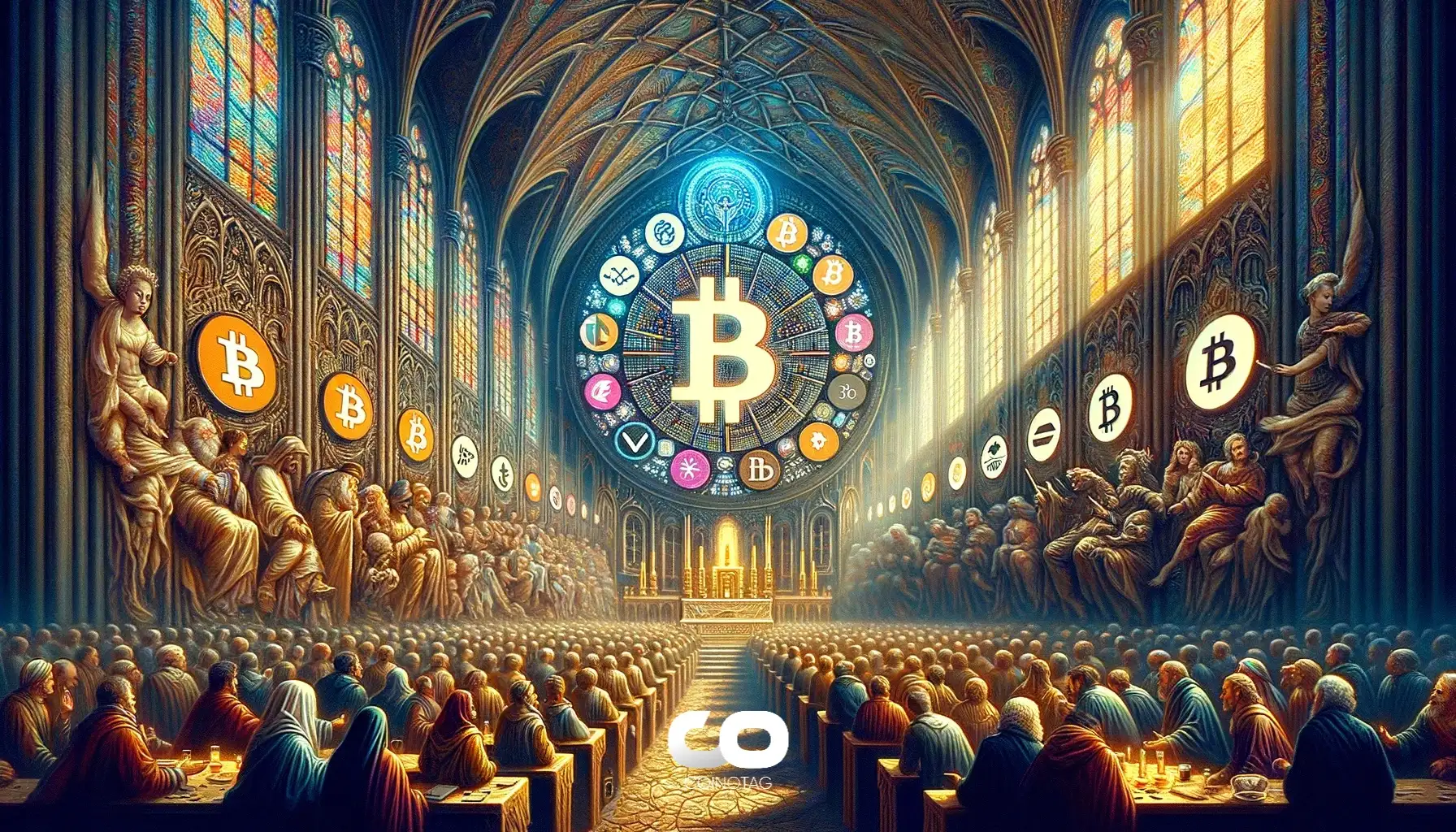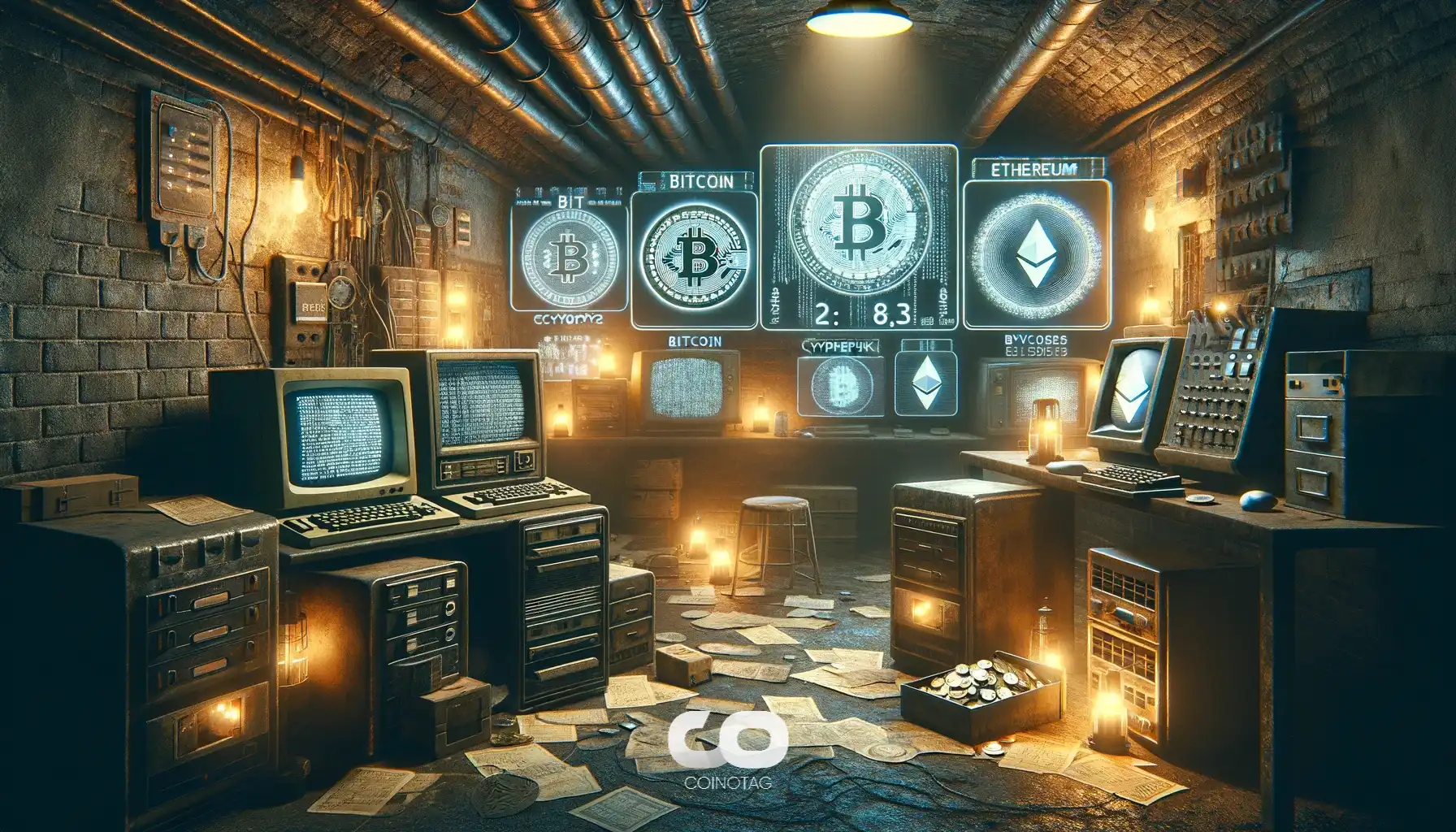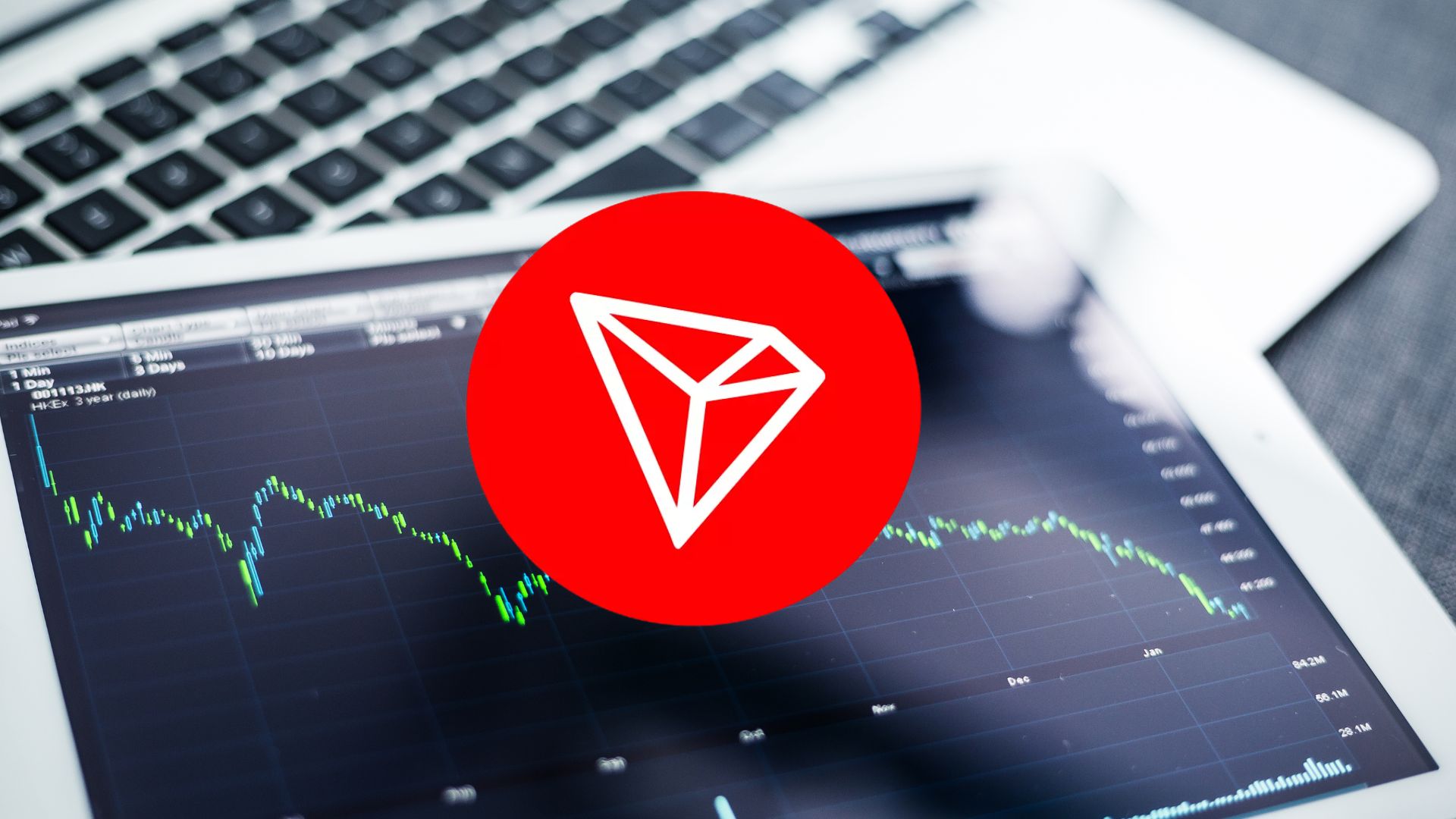Cardano Performs Better Than The Current Proof-of-Stake Chains
Three proof-of-stake chains—Cardano, Polkadot, and Avalanche—are examined in a recent research. Blockchains like Cardano, Tezos, Polkadot, and Avalanche are powered by the proof-of-stake consensus method, which also permits staking and the development of validator nodes. With approximately 1,182,080 staked...

Three proof-of-stake chains—Cardano, Polkadot, and Avalanche—are examined in a recent research. Blockchains like Cardano, Tezos, Polkadot, and Avalanche are powered by the proof-of-stake consensus method, which also permits staking and the development of validator nodes.
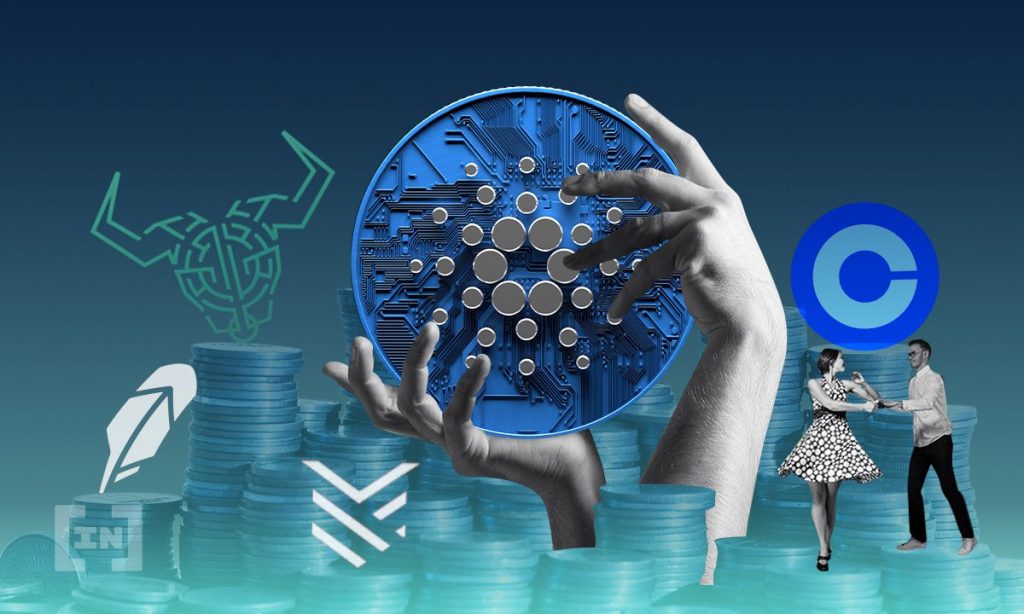 ADA Performs Better Than the Current Proof-of-Stake Chains
ADA Performs Better Than the Current Proof-of-Stake ChainsWith approximately 1,182,080 staked wallets and a staking ratio of 72.63% at the moment, ADA exhibits a high level of decentralization.
Conversely, Polkadot has a staking ratio of 52.4% and more than 33,646 staked wallets (also known as Nominators), which indicates a poor degree of decentralization.
With 22,890 distinct staked wallets, Avalanche has a staking ratio of 64.9%, which is higher than Polkadot’s 52.4%. Avalanche, although having less staked wallets than Polkadot, has a higher staking ratio.
Comparing Polkadot’s 998 validators to Cardano’s 3,202 stake pools/validator nodes, the latter has a much larger number of validators. Anyone can host a Polkadot validator node, but the number of validators that can take part in the 24-hour validation is capped at 297 per era/epoch.
The blockchain trilemma is yet unsolved – Cardano
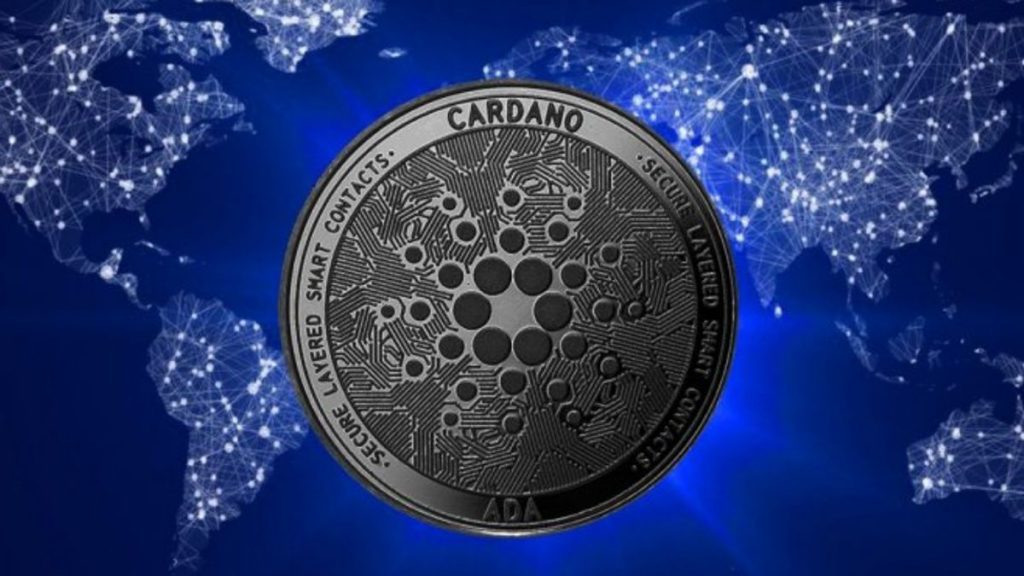 ADA Performs Better Than the Current Proof-of-Stake Chains
ADA Performs Better Than the Current Proof-of-Stake ChainsPublic blockchains have existed for some time, but none of them has so far been able to solve the blockchain trilemma’s conundrum. The blockchain trilemma is the issue that arises when trying to optimize for security, scalability, and decentralization on a public blockchain.
Because it is very decentralized and spread, the Cardano network is less susceptible to DDoS attacks. The decentralization of the Cardano full node is supported by its relatively modest size and minimal hardware requirements, as evidenced by the numerous stake pools and users running full nodes.
The Cardano network demonstrates a high level of security and decentralization, however it fails to meet the requirements for scalability. Cardano outlined 11 ways it wanted to scale at the start of 2022. It’s planned that the vast majority of these enhancements will be incorporated in the forthcoming Vasil update on September 22.
DISCLAIMER: The Information on this website is provided as general market commentary and does not constitute investment advice. We encourage you to do your own research before investing.
Join CoinCu Telegram to keep track of news: https://t.me/coincunews
Follow CoinCu Youtube Channel | Follow CoinCu Facebook page
Annie
CoinCu News
Delegate Your Voting Power to FEED DRep in Cardano Governance.
DRep ID: drep12ukt4ctzmtf6l5rj76cddgf3dvuy0lfz7uky08jfvgr9ugaapz4 | We are driven to register as a DRep by our deep dedication to the Cardano ecosystem and our aspiration to take an active role in its development, ensuring that its progress stays true to the principles of decentralization, security, and community empowerment.DELEGATE VOTING POWER!




